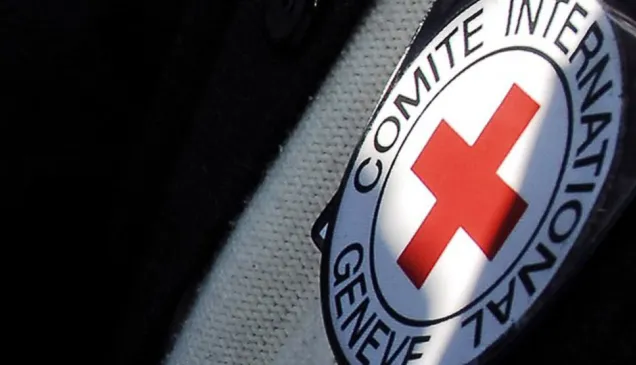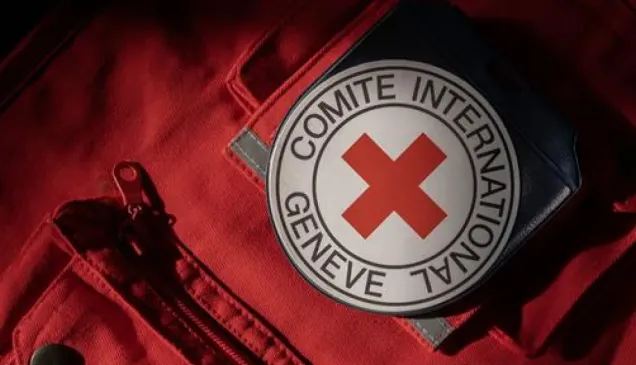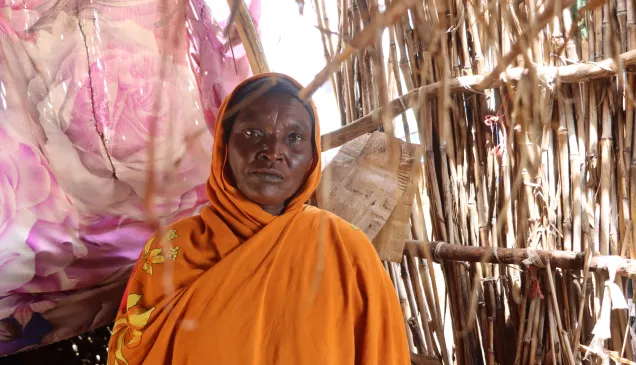Persons protected under IHL
International humanitarian law protects a wide range of people and objects during armed conflict. The Geneva Conventions and their Additional Protocols protect the sick, wounded and shipwrecked not taking part in hostilities, prisoners of war and other detained persons, as well as civilians and civilian objects.
The Geneva Conventions have their origin in the experiences of Henry Dunant at the battle of Solferino in 1859. He was horrified by the neglect of the sick and wounded on the battlefield, and with four colleagues organized the diplomatic conference that led to the adoption of the First Geneva Convention in 1864.
The principles established then influenced the treaties that followed thereby creating the body of international humanitarian law that exists today. At the core of these principles was the idea of protected persons and objects.
The First Convention concerned itself primarily with the care of the sick and wounded on the battlefield. The medical services helping them were to be protected from attack and respected as neutral personnel assisting the sick and wounded without discrimination. The convention established the red cross emblem to be used to identify and protect medical personnel from attack. States committed themselves to respect the emblem and those protected by it.
The emblem also protects medical equipment, such as vehicles and medical buildings as long as they are not being used for military purposes.
Between the two World Wars, the conventions were extended to cover prisoners of war. These were protected against inhumane or degrading treatment. IHL now contains detailed rules on the treatment of prisoners of war and others detained as result of an armed conflict.
The ICRC acquired a unique mandate under the Geneva Conventions giving it access to places of detention to assess the condition of those deprived of their freedom. It makes detailed and confidential recommendations to the detaining authorities and on occasions assists in improving facilities. Medical staff form part of ICRC visiting teams and visits continue on a regular basis.
ICRC visits to people deprived of their freedom cover some 70 countries and reach almost 500,000 detainees each year.
The consolidated Geneva Conventions of 1949 extended specific protection to civilians, who had suffered extensively during World War II, often from deliberated targeting. Protection to civilians, especially against the effects of hostilities, was also developed through the adoption of the Additional Protocols in 1977.
Parties to a conflict are prohibited to target civilians and required to to take all feasible precautions to avoid attacks that result in civilian casualties. They are also required to avoid defensive measures that put civilians in danger. Civilians may not be used as protective shields or forcibly displaced. Unnecessary attacks on their means of livelihood such as farms, housing, transport and health facilities, are forbidden.
IHL also mentions specific groups among civilians such as women, who are protected from sexual abuse, and children, whose special needs must be taken into account by combatants.
In some situations, the distinction between peaceful civilians and those directly participating hostilities has caused problems. This is one of many areas of IHL where the ICRC is working with experts to bring about greater clarity, and as a result, greater respect for the rules.
IHL protects refugees, internally displaced people and those who have gone missing as a result of armed conflict.
It also protects humanitarian workers such as ICRC staff and the personnel of individual Red Cross or Red Crescent Societies. These organizations also benefit from the use of the red cross, red crescent or red crystal protective emblems recognized by the Geneva Conventions.



